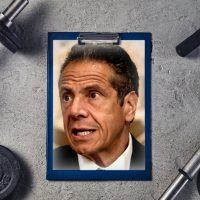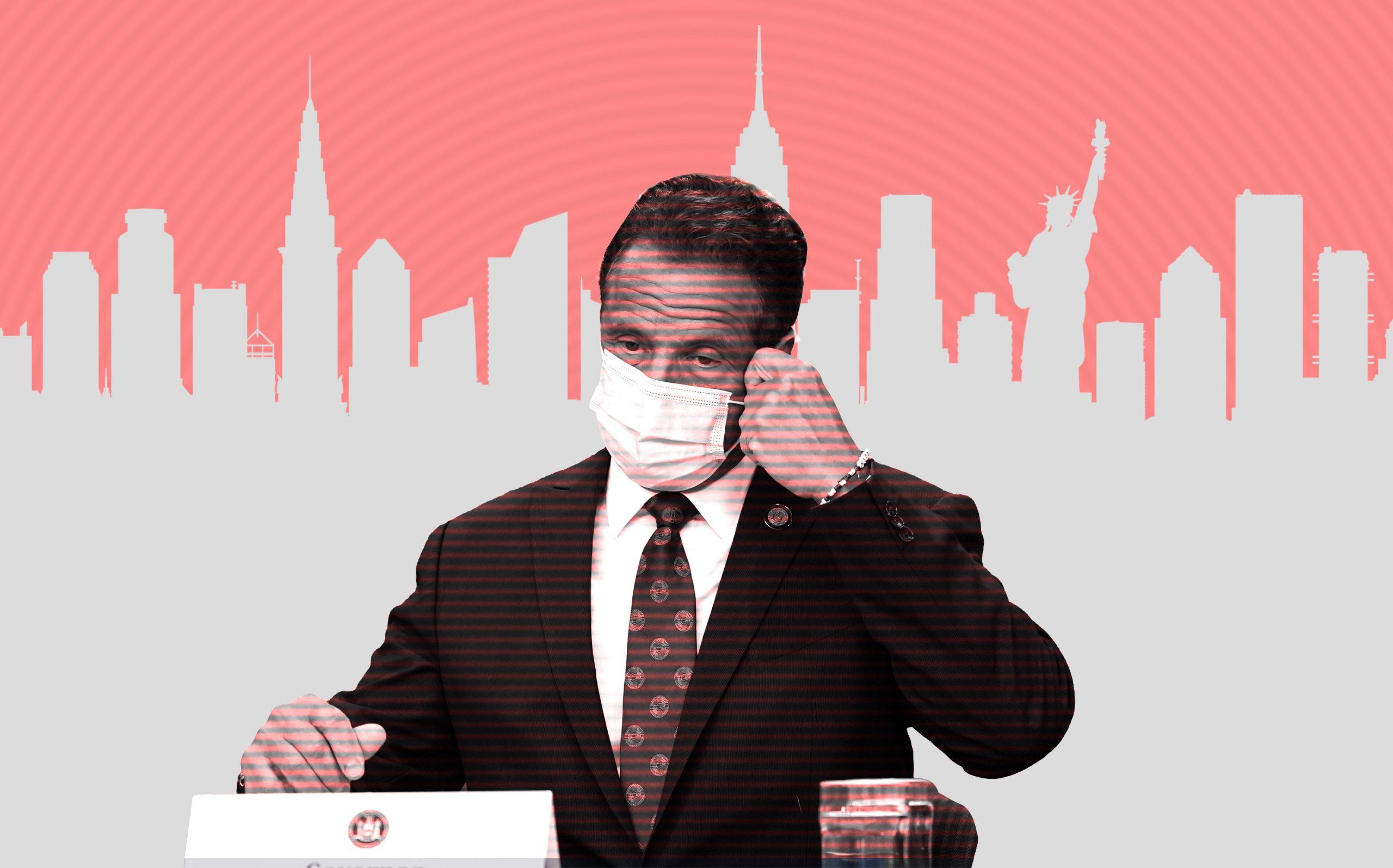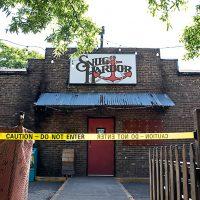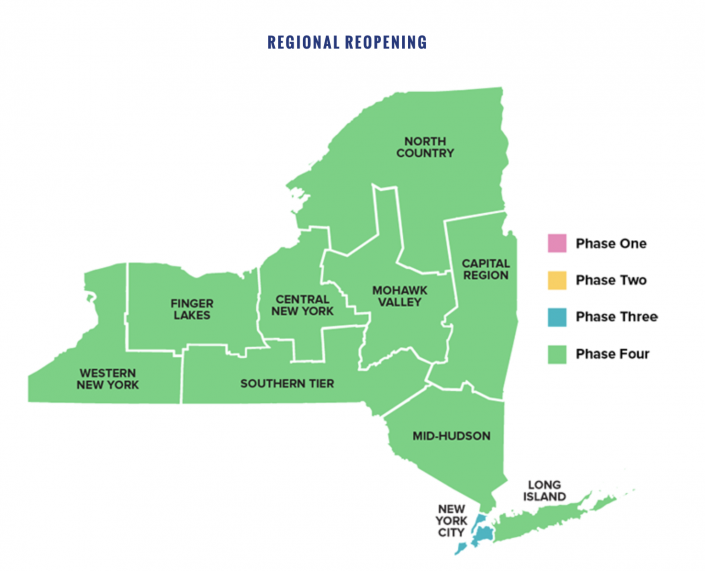
Trending
What NYC’s phase 4 means for real estate
Exceptions keep numerous businesses in limbo indefinitely

Reopening just isn’t what it used to be.
Phase 4 in New York City begins Monday, but the news has been dominated by the exceptions and conditions imposed by Gov. Andrew Cuomo — notably no indoor dining, and a requirement that establishments may only serve drinks to customers who order meals. And Mayor Bill de Blasio said Friday that malls and museums in the city would also be excluded.
Read more


The fourth phase — and if you’re wondering, there is no phase five — includes schools from pre-K through higher education, “low-risk” arts and media production and spectator-free professional sports. All nine other regions of the state are already in phase 4, but unlike those regions, malls and museums will not reopen in New York City because, the mayor said, “We’ve got to strike a balance and we’ve got time to look at the evidence.”
Time, however, has already run out on some retailers that depend on malls, such as J.C. Penney. The bankrupt chain just announced layoffs for all 446 employees between its Manhattan Mall and Kings Plaza locations, which will close July 31 and Sept. 27, respectively.
For indoor venues allowed to reopen, all have mask and social-distancing mandates, and each group has particular requirements as well. Aquariums, for example, are limited to 25 percent occupancy. For outdoor venues such as zoos and botanical gardens, it is 33 percent, and for film and television production, 50 percent.
Gyms, malls, museums and indoor theaters still have no opening date. The Yankees, Mets and other Major League Baseball teams begin a 60-game regular season July 23.
The food-with-drinks measure, announced by Cuomo Thursday, previously only applied to takeout. And for anyone thinking about gaming the system, the governor decided that sides, such as fries or chips, do not qualify.
For some bars, that could be the final straw after four withering months.
“It’s hugely problematic and counterproductive,” said Andrew Rigie, executive director of the NYC Hospitality Alliance, a trade group. “[Bars] don’t have full kitchens. They have limited staff, limited capacity.”
The statewide requirement is an effort to prevent drinkers from standing close to each other, spewing viral particles into each other’s lungs.
“If you’re not eating a meal and you’re just drinking, then it’s just an outdoor bar and people are mingling and they’re not isolated at individual tables, and that’s what we’re seeing,” Cuomo said at a press conference.





